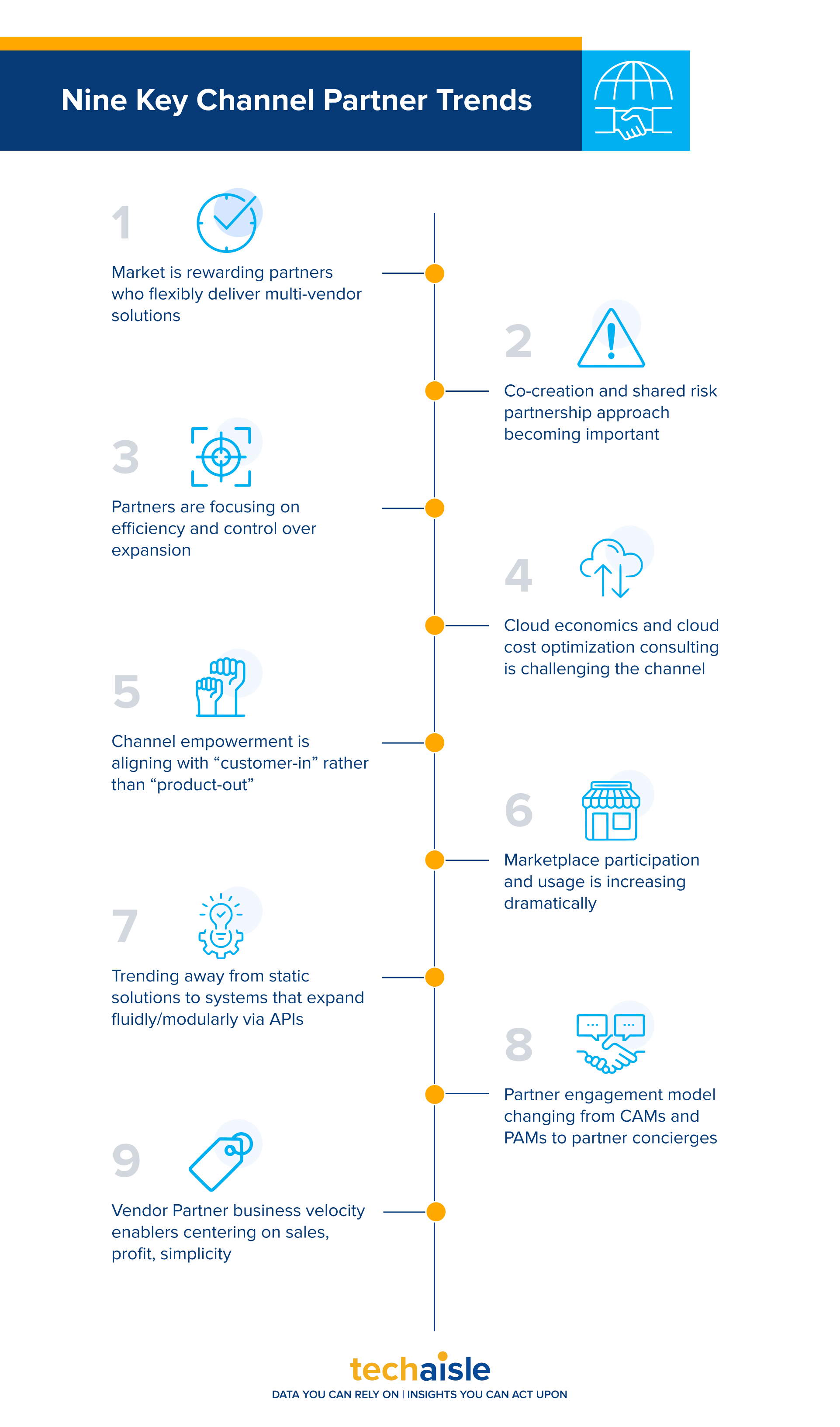SMBs are increasingly dependent on information technology. Techaisle SMB (1-999 employees) survey found that 78% of small (1-99 employees) businesses and 97% of midmarket (100-999 employees) businesses consider technology to be “somewhat” or “very important” to their success, and 28% of small and 43% of midmarket firms report that they have become more dependent on technology over the past 12 months. These SMBs deal with an ever-expanding portfolio of increasingly-complex applications and platform technologies. At the same time, these firms are struggling to rein in IT-related expenditures, including staff-related costs. This combination of increased reliance on technology as a critical element of business success, burgeoning complexity, and cost constraint has created a ‘perfect storm’ for using managed services.
Building an effective managed services channel is a long and complex undertaking. On the positive side, many channel members participate in managed service delivery today, and longer-term trends indicate that a sizable proportion of the channel community will develop managed services specializations. There is also compelling evidence that buyers need and value managed services and that this need has been growing over the past five years and will continue to increase. However, the data also shows that channel firms need help transitioning from delivering some managed services to building viable businesses on a managed services model. To be successful, vendors will need to set objectives spanning the three-year period over which the managed services specialization will emerge and invest in the tactics (and execution excellence) required to support partners through this period.












